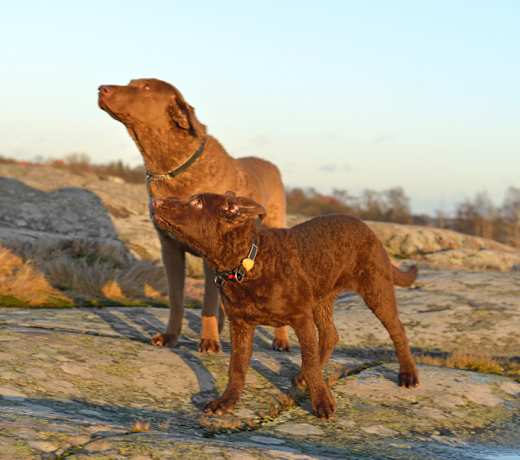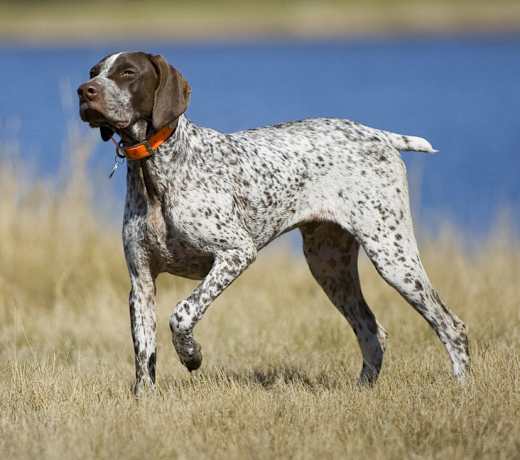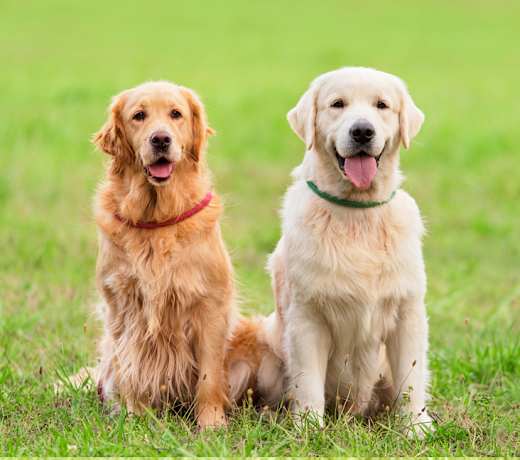The easiest way to adopt a Labrador Retriever would be through a rescue that specializes in Labrador Retrievers. A great place to start would be by starting a breed search on Adopt a Pet. The search will show you all the available Labrador Retrievers in your area.
Adopt A Labrador Retriever
234 available Labrador Retrievers near you

Duncan
Labrador Retriever
Male, 9 yrs 2 mos
Los Angeles, CA
Good with dogs
Good with cats
Needs special attention
House-trained
Spayed or Neutered
Shots are up-to-date

Stella
Labrador Retriever
Female, 8 yrs 7 mos
Los Angeles, CA
Not good with dogs
Not good with cats
Needs experienced adopter
House-trained
Spayed or Neutered
Shots are up-to-date

Bob
Labrador Retriever Catahoula Leopard Dog
Male, young
West Hollywood, CA
Good with dogs
House-trained
Spayed or Neutered
Shots are up-to-date

Nala
Labrador Retriever American Pit Bull Terrier
Female, 7 yrs 10 mos
Los Angeles, CA
Shots are up-to-date

Snuffles
Labrador Retriever German Shepherd Dog
Male, 7 yrs 10 mos
Los Angeles, CA
Needs experienced adopter
House-trained
Spayed or Neutered
Shots are up-to-date

Diesel
Labrador Retriever Hound (Unknown Type)
Male, 2 yrs 8 mos
Los Angeles, CA
House-trained
Spayed or Neutered
Shots are up-to-date

Logan
Labrador Retriever
Male, 1 yr 11 mos
Los Angeles, CA
Spayed or Neutered
Shots are up-to-date

Adelina
Labrador Retriever German Shepherd Dog
Female, 2 yrs 5 mos
Los Angeles, CA
Spayed or Neutered
Shots are up-to-date

Loreto
Labrador Retriever American Pit Bull Terrier
Male, 4 yrs 7 mos
Los Angeles, CA
Not good with cats
Needs experienced adopter
House-trained
Spayed or Neutered
Shots are up-to-date

Sally
Labrador Retriever
Female, 9 yrs 7 mos
Los Angeles, CA
Good with dogs
Not good with cats
Needs special attention
House-trained
Spayed or Neutered
Shots are up-to-date

Gus
Labrador Retriever
Male, 4 yrs 1 mo
Los Angeles, CA
Good with dogs
House-trained
Spayed or Neutered
Shots are up-to-date

Olive
Labrador Retriever Shepherd (Unknown Type)
Female, 6 yrs 8 mos
los angeles, CA
Good with dogs
House-trained
Spayed or Neutered
Shots are up-to-date
Search for Labrador Retriever puppies and dogs
Find adoptable Labrador Retriever by Beverly Hills, CA
Animal shelters near Beverly Hills, CA
Adopting a Labrador Retriever
Frequently asked questions about acquiring an Labrador Retriever - the pros and cons of adopting versus going through a breeder, and associated costs.
The cost to adopt a Labrador Retriever is around $350 to cover the expenses of caring for the dog before adoption. In contrast, buying Labrador Retrievers from breeders can be prohibitively expensive. Some breeds cost as much as $20,000, but depending on their breeding, they usually cost anywhere from $1,000-$2,000.



